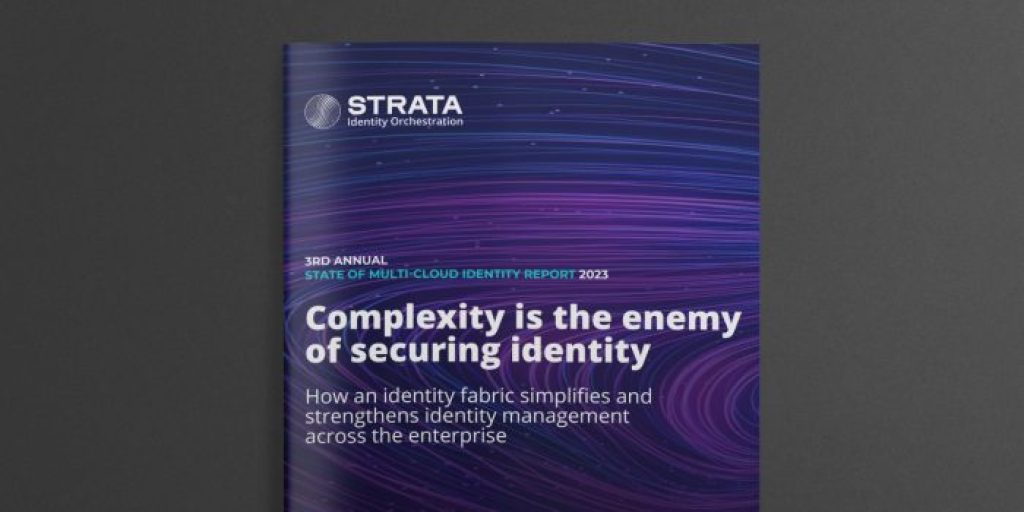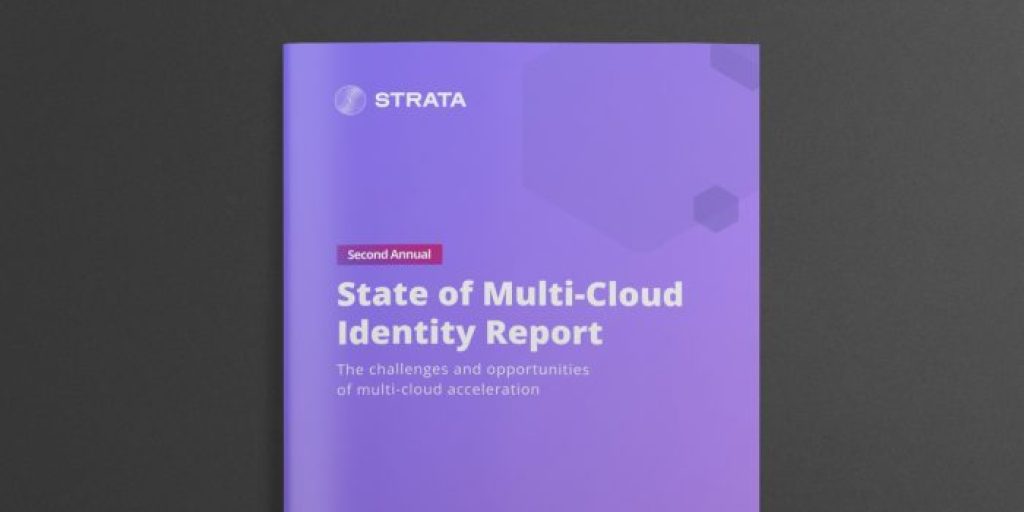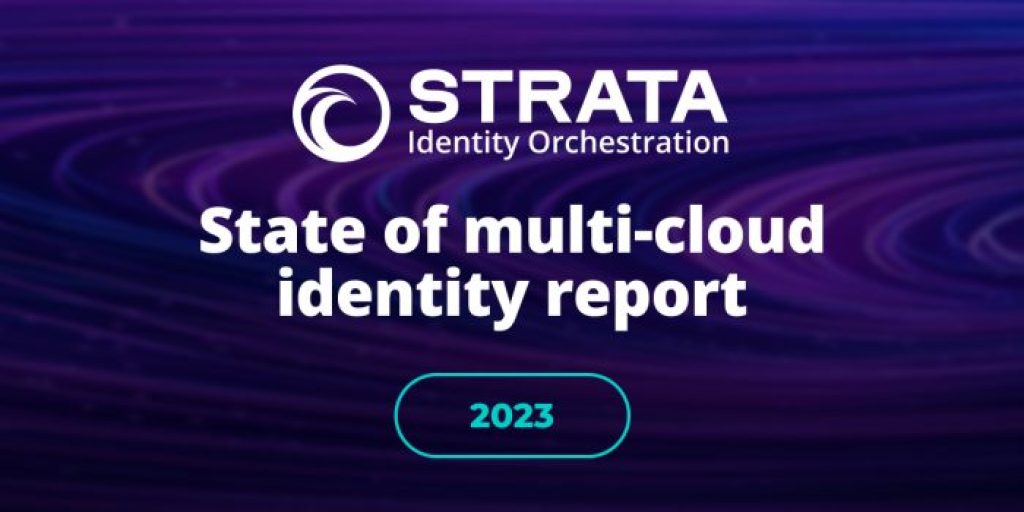CIAM: What is customer identity & access management?

Identity management & customer journey orchestration
In a world of increasingly fickle loyalty, you have to keep your customers’ trust. With the majority of breaches being related to personal login credentials, protecting customer identities is critical. Customer identity and access management (CIAM) is a way to integrate authentication and authorization with end-user applications and can help greatly to improve your security posture.
However, there are blockers to your CIAM or journey-time orchestration. Old technology is incompatible with modern MFA, SSO, and passwordless solutions, so many companies embark on big modernization projects only to find themselves on an identity treadmill of updating apps manually one by one. This can take years and cost millions of your IT budget dollars.
The other big challenge is your users. Making the customer journey a better experience means changing how they expect to log in and verify their identity. Any friction along the way or skepticism about the legitimacy (“Am I being hacked?”) can create frustration and possibly have a wandering eye toward the competition.
Let’s look at what CIAM is, the challenges, and why it is so important to get over the hurdles and make CIAM work for your organization.
What does CIAM mean?
CIAM is how organizations manage and apply the authentication and authorization process for customer identities. Sometimes this process is called customer journey or journey-time orchestration because it’s all about each interaction a customer has with a company. Any company that creates accounts by registering identities is in need of CIAM… so that’s pretty much everyone. But some industries that hold extra sensitive personal information need to take their CIAM even more seriously.
No one wants a breach, but highly-regulated industries like healthcare, insurance, and financial services must be particularly mindful of their CIAM. Benefits of CIAM include secure management of digital identities to apps and software, password protection, multifactor, adaptive, or passwordless authentication, integration with personalized digital experiences and more.
With the gambit of cybersecurity threats today, implementing modern security technologies like passwordless/multi-factor authentication is a must. Yet, if your sign-in — or any part of the authentication and authorization process — makes the experience difficult, unpredictable, or frustrating, you could lose your valuable customer.
Your users are your biggest CIAM challenge
It doesn’t take much for your customers to have a negative experience with your applications. Simply changing the sign-on process can do it — especially if you’re collecting financial, health, or personal information.
If their experience changes in any way, the person wants to know, “Why is this different? Am I being hacked? Is it safe to enter my password?” Or, simply, the change isn’t familiar, and they don’t like it.
Reasons behind why the user experience changes could be important — such as government-mandated industry-wide security changes. Often, you may have different authentication methods in other areas of the web app. Perhaps you need new identity data, but you request it using a different method. Any of those changes can raise a red flag or cause frustration at the interruption.
It’s important to layer in better security, as well as deeper intelligence and data analysis. Still, it needs to be done in a way that doesn’t interrupt the user experience or raise red flags.
Change always introduces friction. Even if you’re trying to remove friction, you need to be thoughtful about implementing new identity authentication methods. Changes that aren’t handled well can upset your customers and jeopardize customer retention.
CIAM: the importance of orchestrating a friction-free customer journey
A PwC study found that 32% of customers are willing to abandon a favorite brand after just one bad experience. Users have several expectations when interacting with your brand online. They want:
- A seamless, consistent, convenient experience
- Robust security they can trust
- No surprises
Each time your customer signs in or provides some kind of authentication, there’s the risk of eroding the trust factors that are so important to acquiring and retaining customers. If the CIAM solution is clunky, irritating, interruptive, or inconsistent, they may question the robustness of your security.
On the flip side, providing a positive and seamless CIAM experience can help your company win new customers and retain existing ones, generating greater revenue.
Identity Orchestration can help your company create CIAM experiences that build trust and enjoyable customer experiences. And it can do it quickly and affordably.
How Identity Orchestration improves the customer experience
Let’s look at some ways that Identity Orchestration can help improve your customers’ CIAM experience.
Modernizing your CIAM solution
If you’re preparing to switch your authentication methods from an outdated system to a modern one, you’ll need to reduce disruption for your customers as much as possible. Suddenly landing on a completely different sign-on process can be frustrating and suspicious.
A better way to transition your IAM is to prompt customers to use the old login method and then provide a screen with an announcement that you’re making it easier to log in. Here, you can ask your customers to use the new authentication method — scanning their fingerprint, for example.
Now, your customers know exactly what’s going on and why, and they know what to expect because you’ve been transparent along the way. Next time they log in, prompt them with the new — and now familiar — method only. Doing this wrong leads to costly increases in customer support if you are lucky, or just silently switching to a competitor without you knowing why.
Identity Orchestration gives you complete control over the user experience. You can use both your old and new IAM tools or platforms in tandem as you transition customers to the new method — even when they’re managed in separate identity silos in the cloud.
Without orchestration, it takes enormous effort and resources to guide your customers through the new registration process in a controlled way.
Standardizing authentication methods
If your apps are in multiple clouds and using multiple identity systems, they’re probably forced to use multiple sign-on methods as well. That’s a frustrating user experience, but Identity Orchestration can make it enjoyable.
Because Identity Orchestration decouples your apps from their identity providers, you can craft a single, consistent experience for your users. Orchestration integrates with the various IDPs that you’re already using and enables them to accept the same authentication, no matter what method you choose.
Best of all, you can do it without rewriting your apps or going through an expensive and lengthy overhaul of your system. You can also selectively add new step-up authentication measures at the appropriate point in the customer’s journey…
Going beyond the sign-on experience
The more you understand your customers, the better equipped you are to provide them with the best user experience possible. Part of that process is understanding how they use your online applications and what their user journey looks like.
Data discovery gives you key insights into your customers:
- Who is using the tool?
- What kinds of inputs are they entering into the system?
- How are customers using your applications?
You want to be able to trigger callouts to specific systems to give you the customer insights you need. Identity Orchestration provides simple integrations that read and write data. Connect something modern with something old — without changing any architecture or code.
Your CIAM solution can be a revenue generator
Your customers are continually weighing their online experiences with you against the value you provide them. The CIAM solution is a major part of that consideration. To win and retain customers, it’s imperative to offer a seamless experience that bolsters their confidence in your security.
In today’s online economy, identity isn’t a cost center; it’s a revenue generator. The more you learn about your customers and the more enjoyable their CIAM experience, the easier it is to win the next sale.
Planning a modernization project to get your CIAM rolling? Check out our orchestration recipes or send us your use case, and we can help you save time and $$$.





